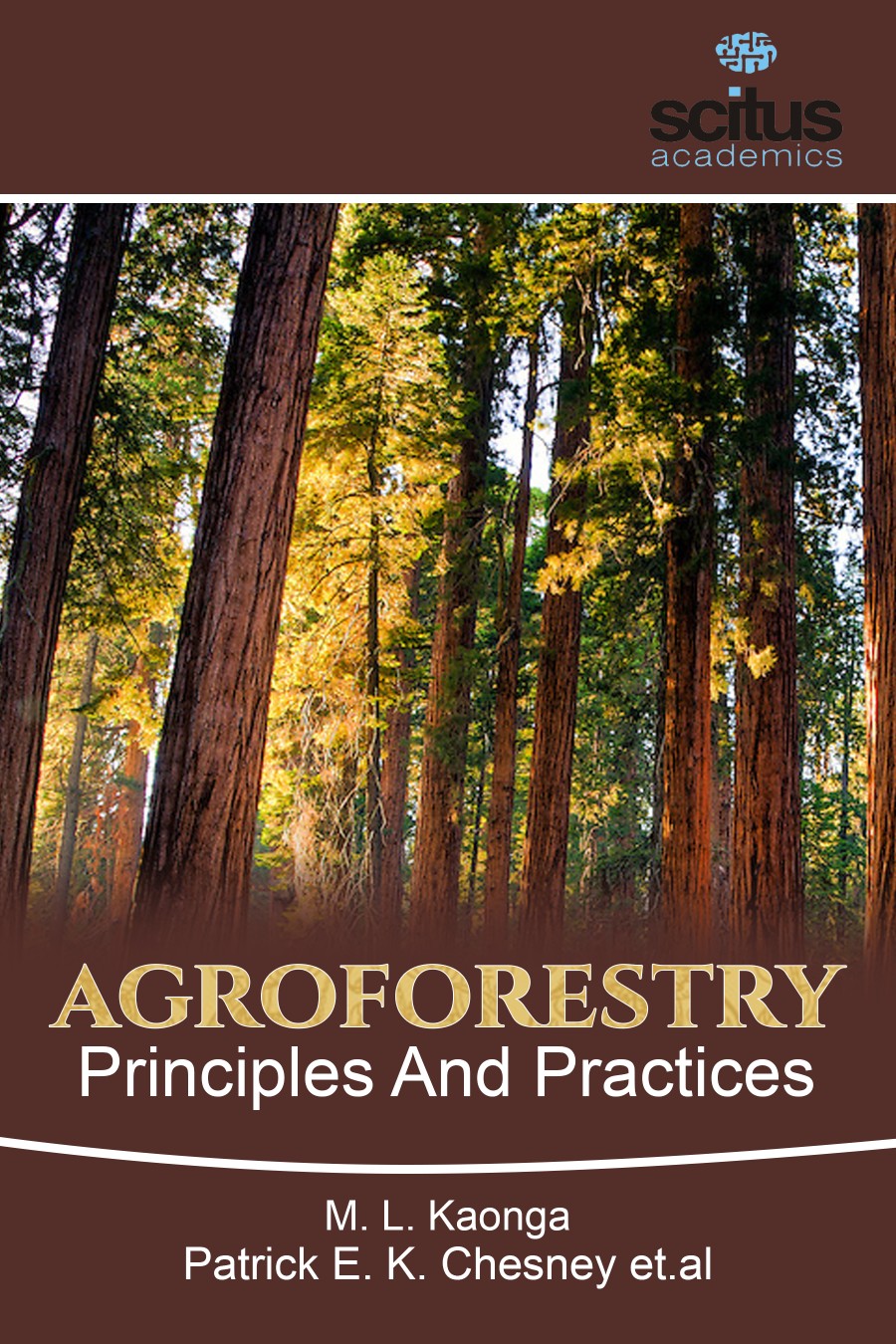Evolution of agroforestry in the last three decades has seen a major shift from emphasis on land productivity at farm level to systems interactions at landscape level. In simplest language, agroforestry is the production of trees and of non-tree crops or animals on the same piece of land. The crops can be grown together at the same time, can be grown in rotation, or can even be grown in separate plots when materials from one are used to benefit another. Agroforestry systems provide both local and global ecosystem services. Agroforestry is hypothetically important for improving the livelihoods of the majority of people, predominantly rural communities, through enhanced food security, primary health care and the leading source of fuel energy. Essentially, the system has increasingly become a focal entry point for rural development, environmental stewardship including climate change adaptation and mitigation, and ecosystem sustainability through transformation of livelihoods and landscapes.
Agroforestry: Principles and Practices covers design principles and management practices of agroforestry practices and their impact on biodiversity and the ecosystem services. Abundant information is given on how to establish agroforestry, and how to manage it to increase farm yield. It explores the role of agroforestry in providing commodity as well non-commodity benefits such as ecosystem services. Investigations of a fundamental or applied nature dealing with integrated systems involving trees and crops and/or livestock are delivered. It also recognizes policy issues for facilitating adoption of desirable agroforestry practices and gradual diminution of undesirable policies.
Mainstreaming agroforestry policy is essential to bring it to an even playing field. Knowing the science and factors that control the adoption, of agroforestry and how they impact the portrayal of agroforestry is enormously important.













